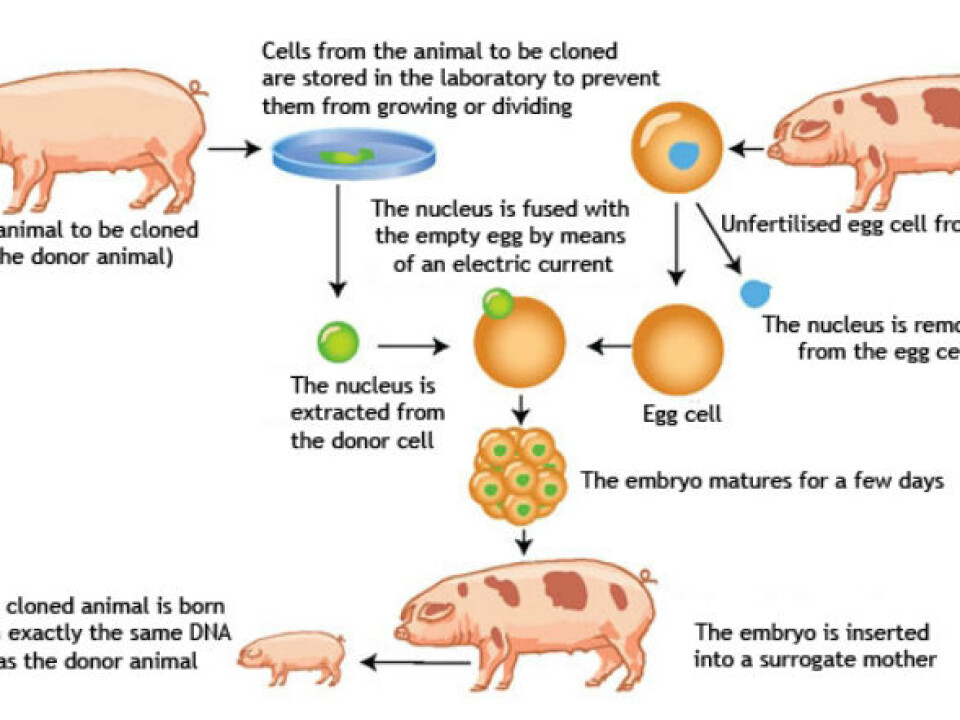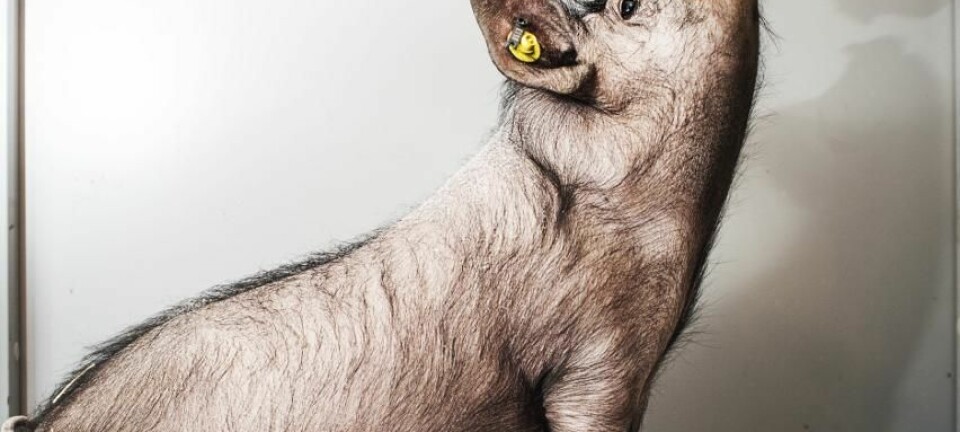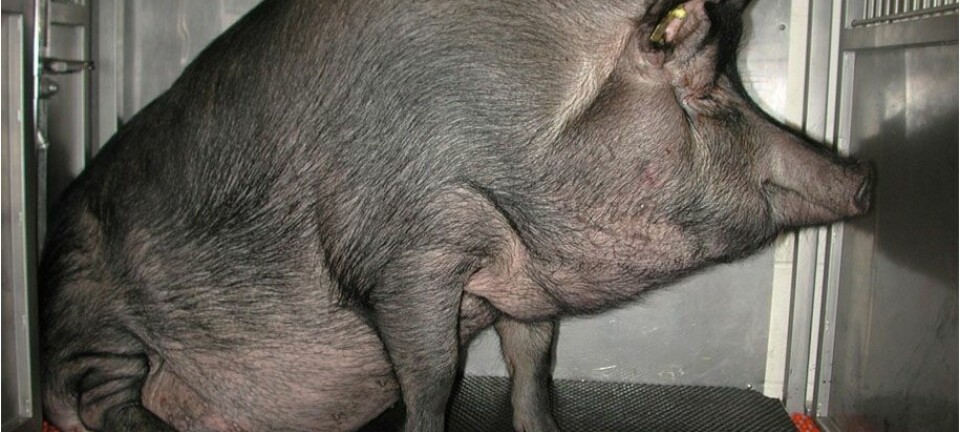
Does the perfect clone exist?
OPINION: Research has shown that cloned pigs are often as varied as naturally bred pigs. Therefore, it could be problematic to experiment with clones thinking that they are identical. A Danish professor explains why the clones can vary so much.
Cloned animals are normally considered to be more alike than those that are conceived naturally, since they are copies of one another just like identical twins are.
Hence, it is commonly believed that fewer animals are required to obtain reliable results when using cloned animals, since there is less variation among them.
This ought to be an advantage, not least when it comes to costly animals such as pigs or other large animals.
Our research at the National Veterinary Institute at the Technical University of Denmark, shows that pig clones are often highly varied and also respond differently than non-clones – which goes against the popular belief.

Over the past decade, research groups from all over the world have reported similar trends: they have for instance found that cloned pigs have as much variation in the expression of certain genes as naturally bred pigs.
We also know that cloned pigs often develop high blood pressure and respiratory diseases, even if the donor pig doesn’t have these diseases.
Obesity markers behave differently
A study in which we looked at the influence of obesity on the pig’s innate immune system revealed a great difference in how the clones and the naturally bred pigs responded.
Comparisons were made of so-called acute phase proteins in the blood and of the gene expression of immune factors in three types of adipose tissue and in liver tissue.
The amount of acute phase proteins in the blood increases dramatically during inflammation. In the clones, the levels of some markers were upregulated in relation to the levels in the non-cloned group. For other markers the situation was reversed.
Clones have a different immune system
The experiments showed that cloned pigs’ innate immune response is altered compared to the innate immune response in naturally bred pigs in relation to obesity.
Moreover, it turned out that the variation in terms of the level of expression of these genetic markers in the tissue was as great within the group of cloned pigs as in the group of non-cloned pigs.
This is roughly equivalent to saying that quintuplets’ innate immune systems are as different as five regular siblings’.
This runs counter to the idea that cloned animals are identical.
Cloning can affect behaviour
Our observations indicate that cloning alters the innate immune system in the offspring.
In addition, other research groups have found that cloning can also affect the animals’ behaviour and can make them more fearful and anxious than naturally bred pigs.
The cloned pigs also weigh less and are often found to have a higher metabolism than non-clones. They can also have different hair length as well as spots on the skin, which again indicates that they don’t have the same gene expression.
Cloning thus results in an entirely ’new’ breed of pig, which responds differently to the donor animal on the molecular level and in terms of behaviour.
What is the cause?
Part of the explanation to why clones are different can be found in the method.
Cloning is a fairly rough method, which can disrupt the highly sensitive processes that take place during embryonic development.
So-called epigenetics probably also play a significant role in the development of clones.
Epigenetics covers all the processes and factors that determine which genes are expressed and the degree to which they are expressed. By altering the epigenetics, it is for instance possible to make two clones express completely different genes and thus make them look entirely different. In other words, whether or not the DNA sequence is identical in the two clones it is of less importance.
The importance of epigenetics
It has become widely accepted in scientific circles that epigenetics play an important part.
Researchers have for example shown that progeny of mice that have been genetically engineered to be obese do not necessarily become obese themselves. So the appearance of the offspring (phenotype) is not necessarily identical, even though the donor animal and the offspring have the same DNA (genotype).
This same problem has been shown to apply to pigs. Obese transgenic pigs often give birth to clones with normal weight.
Hence, researchers have yet to crack the code on how we can control genomic imprinting. We therefore still cannot guarantee that a genetic predisposition to a given characteristic is expressed in the next generation, despite the DNA having been programmed to pass on the desired characteristic.
So the perfect clone remains out of reach.
A pig isn’t just a pig
That clones are different from their donor could become problematic if researchers want to compare their results from cloned animals with results from non-cloned animals. This would be a bit like comparing apples and oranges.
If, for instance, you know from scientific literature how a pig of a particular type responds to a drug or a substance, you cannot always be certain that the response is identical in a cloned pig of the same type.
It may therefore be difficult to compare studies, but it appears that many are unaware of this problem. The bottom line is that researchers need to think twice before designing studies with clones. They are more expensive to work with, and the question is whether the results will be any more reliable.
Clones are still important
Cloning is, however, still a very important research method, since many studies require transgenic animals – i.e. animals that have been given genetic material from another species.
But the research into cloning and epigenetics shows that we should be careful when we use cloned animals in comparison studies in the belief that they are identical.
Further studies are needed on the difference between clones and the reason for this difference. In the meantime, one could argue that it makes just as much sense to use non-cloned animals in studies of the immune response to obesity or similar comparison studies, because these animals are just as good as models as clones are.
-----------------------------------
(This article is reproduced on this site by kind permission of Aktuel Naturvidenskab, a Danish periodical with news and features about natural science.)
Read the Danish version of this article at videnskab.dk
Translated by: Dann Vinther







